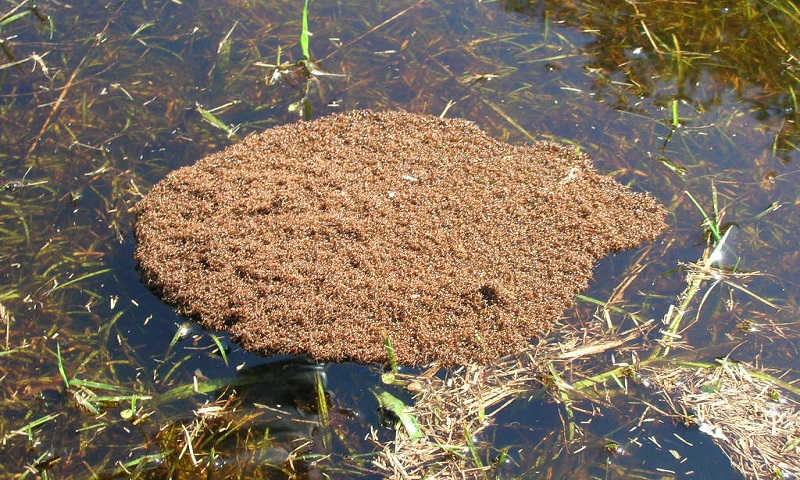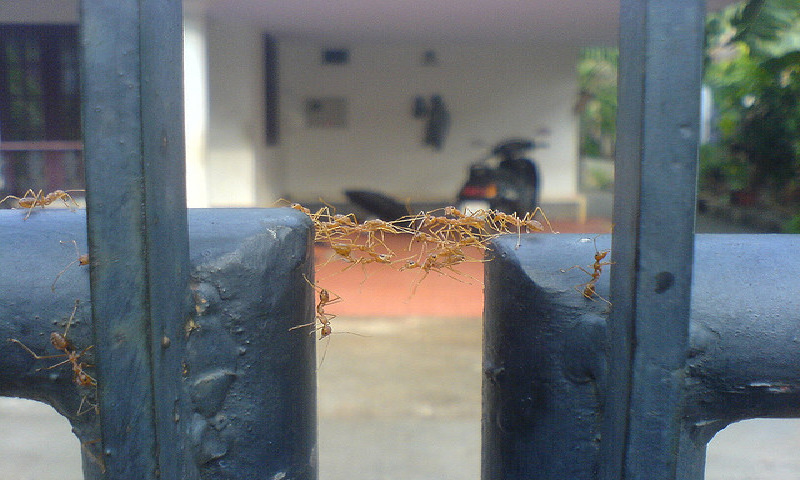Cars that turn into robots and then back into cars on their own. Don’t the ‘Transformers’ simply thrill you? But then, isn’t all that just a fantasy? What if I tell you that nature has such a self-assembling machine?
The remarkable ant
We often dismiss the tiny little ant, crawling on the ground around us. But have you ever watched a colony of ants at work? Those small insects that run around tirelessly. Sometimes they carry food on their backs, at other times grains of sand to build a home. And have you seen them build their homes? Leave the ants near a pile of dirt and within a week, they’ll transform it into a mini-skyscraper. They clump together into temporary rafts or islands to tide over a flood.

Ants are amazing creatures. Researchers have recently discovered that ants use their bodies to build complex bridges over crevices in their path. Once a bridge is built it can even lengthen, widen, and change position over a span of time. Now making a living structure that changes size and position of the bridge to fit the need is remarkable! Once all the other ants cross over the living ant bridge, the ants disassemble on their own. And yet, you will find that workers are not bossed around. No single ant directs the others for the task. No designs are set forth. Each ant knows exactly what it has to do.
How do such tiny insects with such little brains build such impressive structures?
Secrets of the ants
It is fascinating to study how the ants behave. Scientists have found simple rules that the ants follow. The ants pick up the grains at a constant rate. They prefer to drop the grain near other grains, creating a pillar. When they sense a gap in their path, the ants begin to cling to each other like building blocks. Hundreds of ants join the structure, slowly forming the bridge. The ants stay in their position in the structure as long as they feel movement above.

Robots that work on their own
Scientists hope to understand the rules these ants follow to self-organize. They believe those same rules can help them design groups of simple robots that can work together as a team.
Imagine using a swarm of robots to save peoples lives in case of a flood. Imagine if we could send out a group of robots to Mars to build homes for us before we even land there. Wouldn’t it be fun to live in a house that could add a room on its own when needed? Or even remove one? A house that would expand or contract based on the number of people inside.
Did you know?
Ants are much smarter than we imagine these tiny beings to be. On their mission to collect food, they often carry loads double to triple their size. They move at speeds that in the ant world is equal to racing a car on an expressway. Even with thousands of moving ants, you will rarely find them stuck in a traffic jam. They form three neat lanes automatically. The middle one is dedicated for ants returning home. The two lanes on the sides are for ants going out to do their job. No one breaks these rules. And no one tries to jump the line. Can you imagine such self-organization on our roads?
Image Credit: Two ants trying to carry away a third one, by Flickr User Dluogs, via cc





Leave a Reply